Sandy beaches and cliffs
Germany has coasts on the North and Baltic Seas. As different as they may be, their beauty holds a magical attraction for tourists.
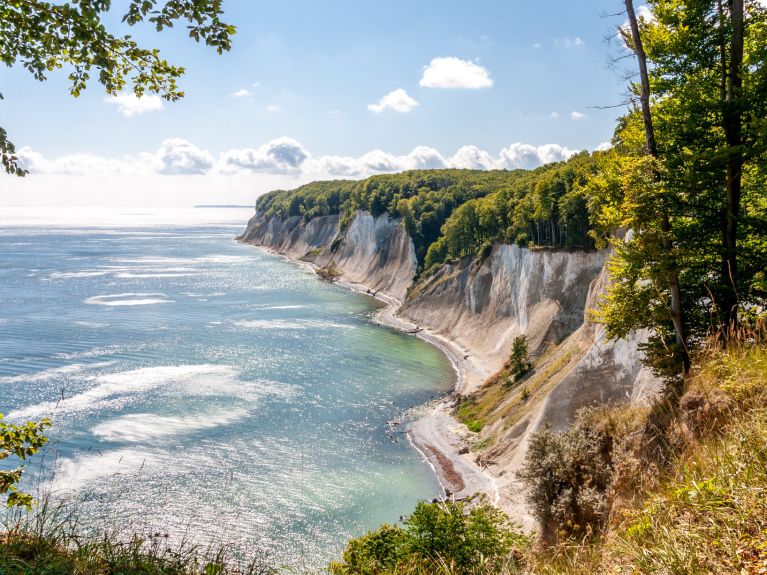
The North and Baltic Sea coastline in Germany extends for around 1,200 kilometres - and the figure is twice as high if the island coasts are included. The country’s major port cities, such as the North Sea ports of Hamburg, Bremerhaven and Wilhelmshaven, and the Baltic Sea cities of Rostock and Lübeck, are particularly well known. Only three of Germany’s 16 federal states are situated at the sea: Lower Saxony, Schleswig-Holstein and Mecklenburg-Western Pomerania – but they certainly have plenty to offer:
Helgoland

This island with its 1,250 inhabitants is situated around 50 kilometres off the coast in the North Sea. It belonged to Great Britain until 1890; today, the red cliffs are a prominent natural monument and popular tourist destination - especially with bird watchers during migratory periods.
Rügen
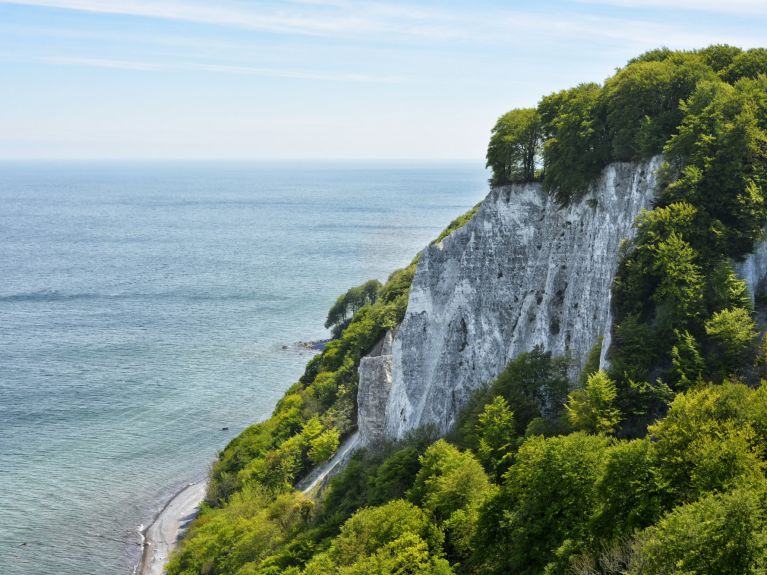
Just as famous as Helgoland’s red cliffs in the North Sea are the chalk cliffs of Rügen in the Baltic Sea (photo: the Königsstuhl). The famous painting by Caspar David Friedrich also made them famous in art. Covering an area of more than 900 km2 and with around 64,000 inhabitants, Rügen is Germany’s largest and most populous island.
Usedom
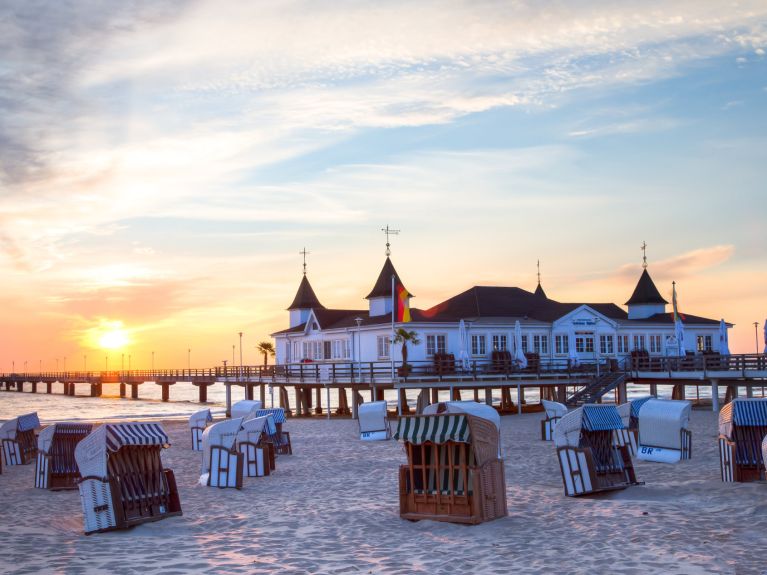
Ever since 1850, its 42 kilometres of fine cross-border sandy beaches have made tourism the most important sector of the economy for this German-Polish island (photo: Ahlbeck). With 1,906 hours of sunshine on average per year, it is also the sunniest region in Germany.
Sylt
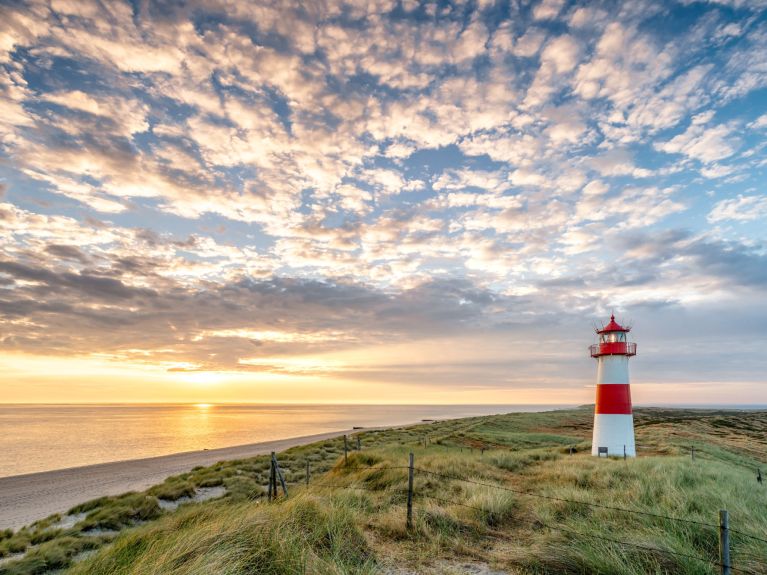
Many say that this North Sea island is the most beautiful of Germany’s islands – on account of its long sandy beaches and striking dunes (photo: List lighthouse). Besides its beautiful natural scenery, the island also scores well for its large number of exquisite restaurants.
Hallig Süderoog

This is the smallest of the ten Hallig islands in the North Sea’s Wadden Sea that is inhabited all year round - it is home to one family of four. The Hallig islands protrude hardly a metre above the water’s surface. Buildings are erected on piled up earth so that they are not flooded every time there is a higher tide.
St. Peter Ording
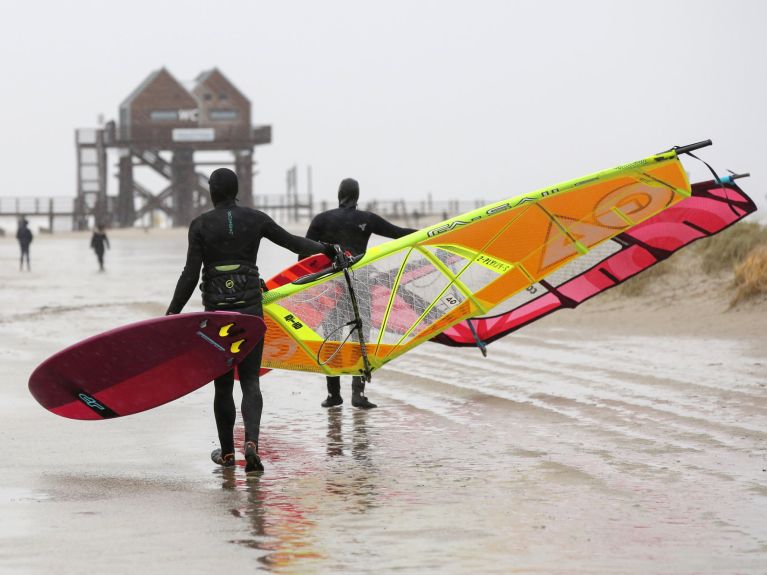
The beach extends to the horizon - at low tide tourists have to walk two kilometres before they reach the water. Together with Sylt, this venerable coastal resort on the North Sea coast is considered the best kiting and surfing spot in Germany.


